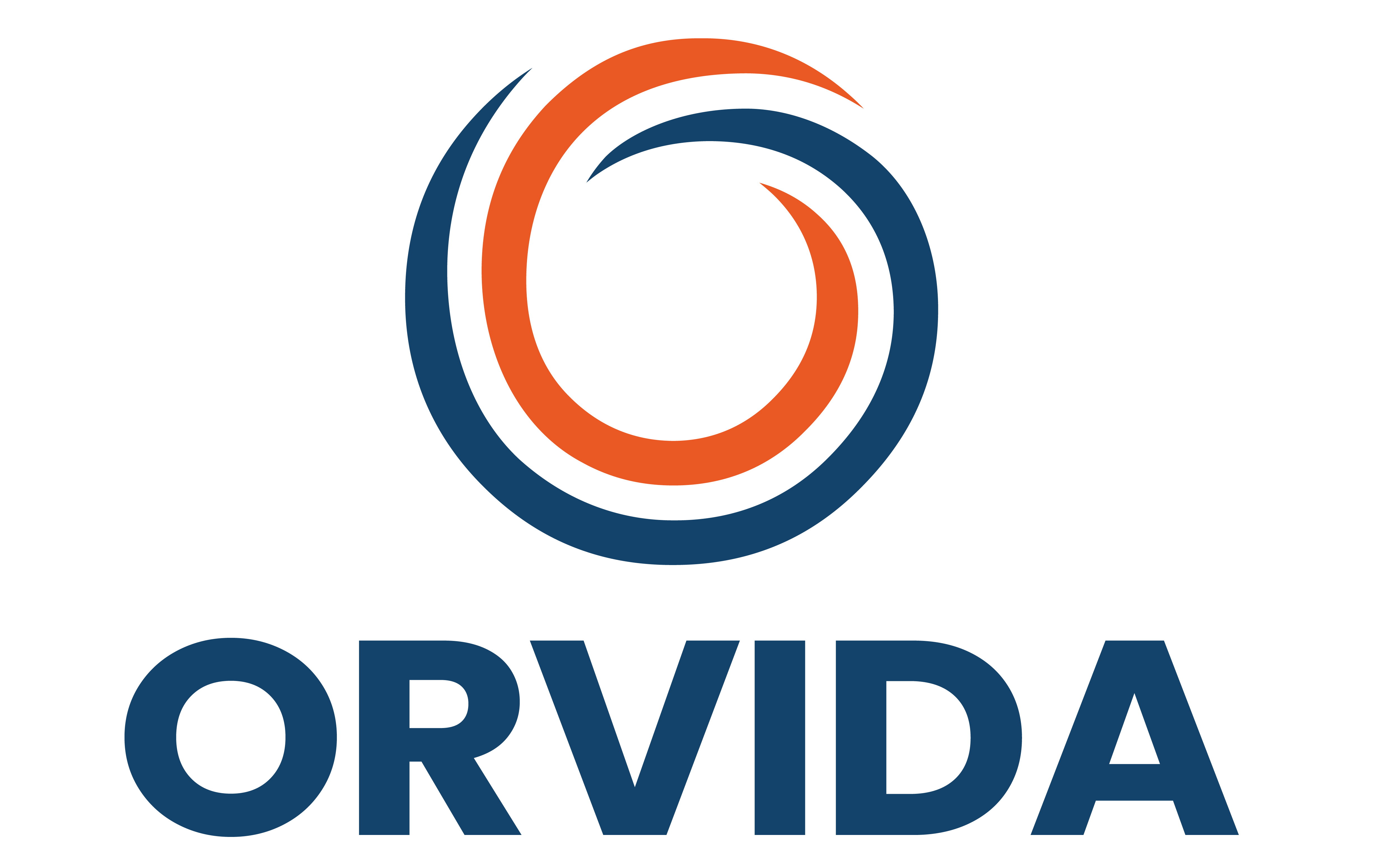When completing a 1031 exchange, two popular securitized options for replacement properties are Delaware Statutory Trusts (DSTs) and Tenancy-in-Common (TIC) structures. Both enable investors to own a fractional interest in real estate and comply with IRS guidelines for tax deferral under Section 1031. However, the way these structures are managed, financed, and suited to investor goals can vary significantly.
Understanding the Basics
What is a DST?
A Delaware Statutory Trust is a passive investment vehicle through which multiple investors acquire ownership interests—known as beneficial interests—in a trust that holds title to real property. The trustee handles all operational matters, leaving investors with no active role in day-to-day management. DSTs are commonly used for larger, stabilized assets such as multifamily communities, medical offices, and distribution centers.
What is a TIC?
A Tenancy-in-Common structure gives each investor a direct and undivided ownership interest in the property. Each co-owner is listed on the title and shares proportionally in revenue, expenses, and debt. Because TIC owners typically have voting rights, they can participate in key property-level decisions, which can lead to greater involvement—but also greater responsibility and risk.
Comparative Overview
| Feature | DST | TIC |
|---|---|---|
| Investor Control | None; trustee manages the property | Shared; major decisions require unanimous consent |
| Management Responsibility | None; fully passive investment | Active; investors may be involved in management decisions |
| Number of Investors | No limit | Up to 35 investors |
| Minimum Investment | Lower; can be as low as $100,000 | Higher; due to limited number of investors |
| Liability | Limited to investment | Potential personal liability; may require LLC formation |
| Financing | Non-recourse to investors | Investors may need to qualify for financing individually |
| Closing Process | Streamlined; property already acquired by trust | Varies; may require coordination among investors |
| Suitability | Passive investors seeking diversification | Investors desiring control over property decisions |
Scenarios and Considerations
General Partnerships and TIC Eligibility
General partnerships can sometimes convert their interests into TIC structures to qualify for 1031 exchanges. This process involves distributing property interests to individual partners, who then hold title as tenants in common. However, this strategy must be carefully structured to meet IRS requirements and avoid being recharacterized as a partnership interest, which is not eligible for 1031 exchange treatment.
High-Value Exchanges and Custom TICs
For investors with substantial exchange proceeds, custom TIC arrangements with sponsors may be appropriate. These arrangements allow for tailored investment structures, potentially offering greater control and the ability to invest in specific properties. However, they also involve more complexity, higher minimum investments, and increased management responsibilities.
Conclusion
Choosing between a DST and a TIC structure for a 1031 exchange depends on various factors, including investment size, desired level of control, management responsibilities, and risk tolerance. DSTs offer a passive investment experience with lower minimum investments and limited liability, making them suitable for investors seeking simplicity and diversification. TICs provide greater control and potential for customization but come with increased complexity and potential liabilities.
Orvida Investment Advisors, LLC specializes in creating tailored 1031 exchange strategies for accredited investors. Our expertise can help you navigate the complexities of DST and TIC investments to align with your financial goals. Schedule a consultation today to discuss your specific situation and explore the best options for your 1031 exchange.


